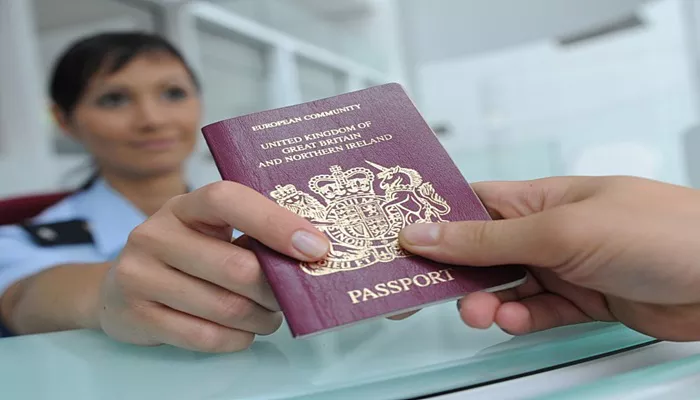Traveling through the United States can be a complex process, especially when it comes to understanding the visa requirements. Whether you are stopping for a brief layover or planning to switch flights, it’s essential to know which visa you need to ensure a smooth transit experience. This article provides a detailed guide on the types of visas required for transit in America, with bold subtitles for clarity and H tag rules to enhance readability.
Understanding Transit Visas
What is a Transit Visa?
A transit visa is a type of visa granted to travelers passing through a country on their way to a third destination. In the United States, the C-1 transit visa is specifically designed for this purpose.
Who Needs a Transit Visa?
You need a transit visa if:
- You are traveling to another country and have a layover in the United States.
- You will change flights in the United States on your way to another destination.
- You will be in the United States for a short period without entering the country beyond the airport.
Types of Transit Visas
C-1 Visa: Transit Visa
Eligibility for C-1 Visa
To qualify for a C-1 visa, you must:
- Be passing through the United States en route to another country.
- Have a confirmed ticket for onward travel.
- Have sufficient funds to cover your stay and onward travel.
Application Process for C-1 Visa
The application process includes:
1. Complete the DS-160 Form: The online nonimmigrant visa application form.
2. Pay the Visa Fee: The current fee for a C-1 visa is $160.
3. Schedule an Interview: Mandatory for applicants between the ages of 14 and 79.
4. Prepare Required Documents: Including a valid passport, photograph, travel itinerary, and proof of funds.
5. Attend the Interview: At the U.S. Embassy or Consulate.
Validity and Duration
The C-1 visa is typically valid for 29 days or until the date of departure from the United States, whichever is earlier.
C-2 Visa: United Nations Transit Visa
Eligibility for C-2 Visa
This visa is for individuals traveling to the United Nations Headquarters in New York. It is not commonly required for general travelers.
C-3 Visa: Foreign Government Official Transit Visa
Eligibility for C-3 Visa
The C-3 visa is for foreign government officials and their immediate family members passing through the United States on official business.
see also: Who Qualifies for This U.S. O-1 Work Visa?
Exemptions and Alternatives
Visa Waiver Program (VWP)
Eligibility for VWP
Citizens of participating countries can transit through the United States without a visa under the Visa Waiver Program (VWP). To qualify:
- You must have an approved ESTA (Electronic System for Travel Authorization).
- Your stay in the U.S. must be 90 days or less.
B-1/B-2 Visitor Visa
When to Use B-1/B-2 Visa
If your transit involves extended time in the United States or activities beyond a brief layover, you may need a B-1/B-2 visitor visa. This visa allows for business (B-1) or tourism/medical treatment (B-2) purposes.
Application Tips and Best Practices
Plan Ahead
- Apply Early: Start your visa application process well in advance of your travel date to avoid delays.
- Prepare Documents: Ensure all required documents are complete and accurate to avoid any issues during the interview.
- Follow Instructions: Adhere strictly to the guidelines provided by the U.S. Embassy or Consulate.
Understand the Interview Process
- Be Honest: Provide truthful answers during your interview. Misrepresentation can lead to denial of your visa.
- Be Prepared: Be ready to explain your travel plans and provide evidence of your onward travel and financial support.
Common Questions About Transit Visas
Do I Need a Transit Visa if I Don’t Leave the Airport?
Yes, even if you do not leave the airport, you may still need a transit visa, unless you are eligible for the Visa Waiver Program or another exemption.
Can I Extend My Transit Visa?
No, the C-1 visa cannot be extended. You must leave the United States within the authorized transit period.
What Happens if My Flight is Delayed?
If your flight is delayed, you should inform the airline and U.S. Customs and Border Protection (CBP) officials. They can assist with any necessary arrangements or adjustments to your travel plans.
Conclusion
Transiting through the United States requires careful planning and an understanding of the visa requirements. Whether you need a C-1 transit visa, qualify for the Visa Waiver Program, or need a different type of visa, it is crucial to ensure all your documentation is in order. By following the guidelines and tips provided in this article, you can navigate the transit visa process with confidence and ease.
This comprehensive guide covers the essential information about transit visas for travelers passing through the United States. Ensure you review the specific requirements for your situation and plan accordingly to make your transit experience as smooth as possible.


